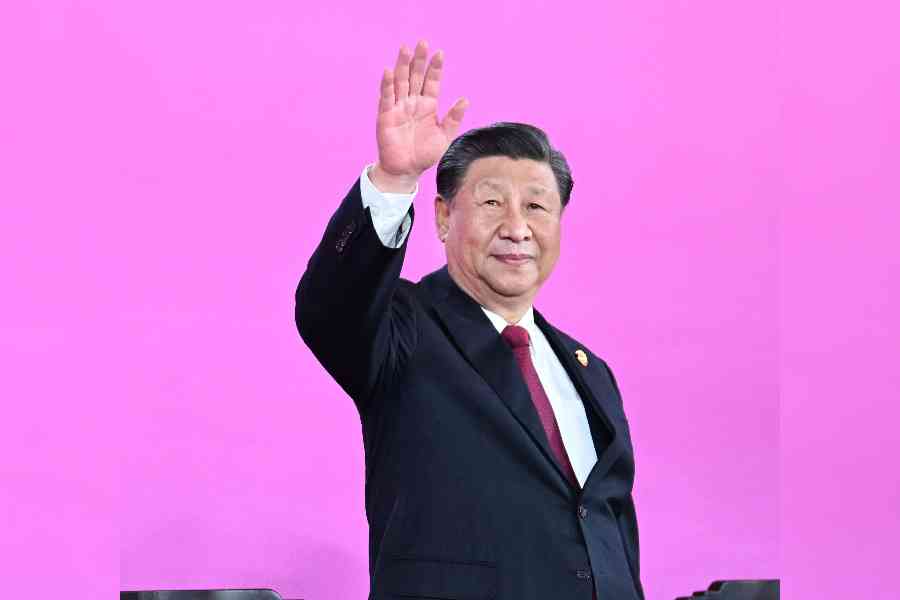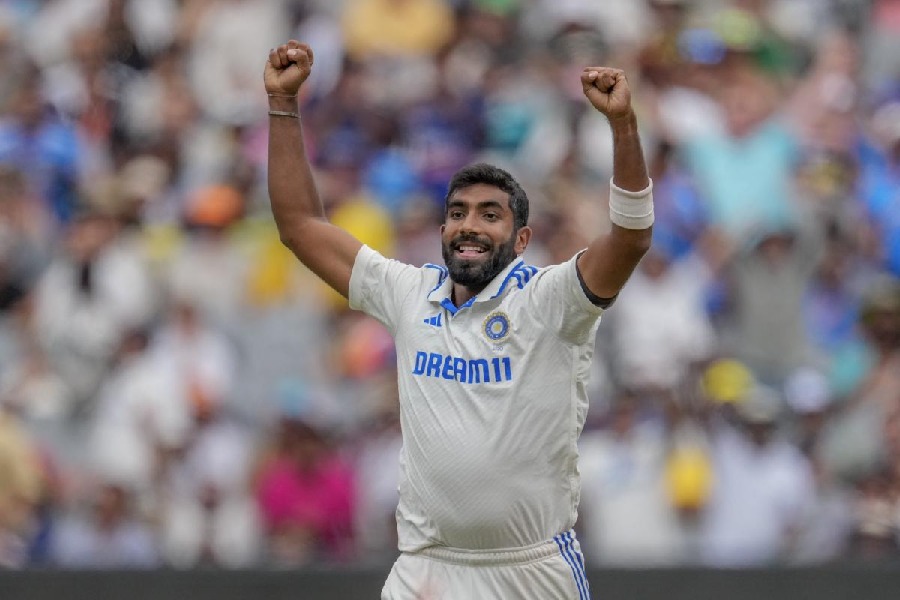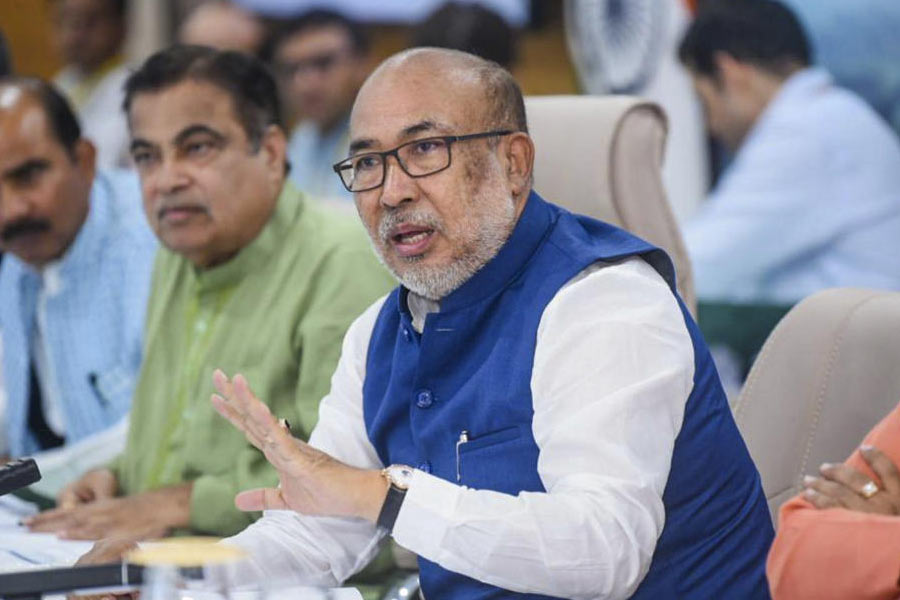The tepid opening of Ajay Devgn’s Bholaa re-opened the discussion on Hindi remakes of south Indian hits that are currently streaming on an OTT platform. They don’t work at the box office. Hrithik Roshan’s Vikram Vedha and Kartik Aaryan’s Shehzada are quoted to bolster this thought while the success of Drishyam 2, which defied all these theories, is dismissed as the exception that proves the rule.
After Vikram Vedha didn’t take off as expected, Rakesh Roshan had concluded that there was no rational explanation for the erratic behaviour of the box office. When some people had offered that Hrithik fans had stayed away because he didn’t look his handsome self, RR had rationalised that if profits rested solely on his son’s looks, his non-glamorous Super 30, where he put on a tan and downplayed his handsomeness, would not have grossed over Rs 75 crore in its opening weekend, recovered its cost of Rs 60 crore with ease and collected Rs 209 crore.
The box office, therefore, continues to baffle Hindi filmmakers. However, there’s sanity in the reasoning that budgets make a difference.
Vikram Vedha in Tamil was made on a budget of Rs 11 crore. Its ROI (return on investment) was impressive; it netted Rs 60 crore. The lifetime business of the same film in Hindi was even better when the Hrithik-starrer made Rs 78 crore. But it was still a loser because its budget, unlike its Tamil counterpart, was over Rs 100 crore. This is where Hindi filmmakers get their maths wrong. When the story and its appeal remain unchanged, how do you justify scaling your cost 10 times and expect the audience to also multiply itself by 10?
Tamil film Kaithi has been remade by Devgn as Bholaa. The investment in Kaithi was Rs 25 crore, the return was Rs 100 crore. When Devgn packed the same sweet emotional core of Kaithi with high-octane action in 3D and spent Rs 100 crore, he had to sell tickets worth Rs 400 crore to match the ROI of its Tamil original.
Alarmingly, the newfound North-South bonhomie seems to be working in the reverse direction. Instead of Hindiwalas learning modesty with their costs, the South filmmakers who made big money with small projects have tasted blood and are looking wide-eyed at big budgets. One of the prime examples is Rishab Shetty, whose Kantara was the biggest success story of 2022. The budget of this runaway Kannada hit that was rooted in tradition: Rs 16 crore. Its beauty was in its compact, impactful storytelling. It did wonderfully well in the Hindi belt and globally too, grossing worldwide collections of Rs 406.75 crore. A mind-boggling ROI.
But it’s a cause for concern when Rishab announces that the next Kantara will be a big-budget project. It is going to be a prequel by the way and not a sequel. But will he be able to serve potent content again and not be overwhelmed by the jumbo investment? Does Rishab have it in him to make a large canvas stunner like S.S. Rajamouli, who makes spectacular cinema like Bahubali and RRR? Or, will Kantara lose its regional flavour in the pursuit of spending an inflated budget? It’s worrying because, behind the black dhoti simplicity which he flaunts at awards functions and glamorous events in Mumbai, I know there hides a Rishab Shetty who is awed by the trappings of stardom.
We’ve seen the simple stumble before. Riteish Deshmukh had produced a delightful film called Lai Bhaari, a big hit in Marathi. But when he made a sequel titled Mauli and crammed it with Hindi film elements that robbed it of its local piquancy, it flopped. Riteish learnt from it. Watch his first directorial film Ved, released at the end of December 2022, around the time movies like Ayushmann Khurrana’s An Action Hero and Rohit Shetty’s Cirkus were flopping all over the place. At Rs 15 crore, Riteish’s budget for Ved was lower than its Telugu original, which had cost Rs 20 crore. Riteish went on to earn Rs 75 crore from his simply crafted and carefully budgeted love story.
In it lies an invaluable lesson.
Bharathi S. Pradhan is a senior journalist and author










